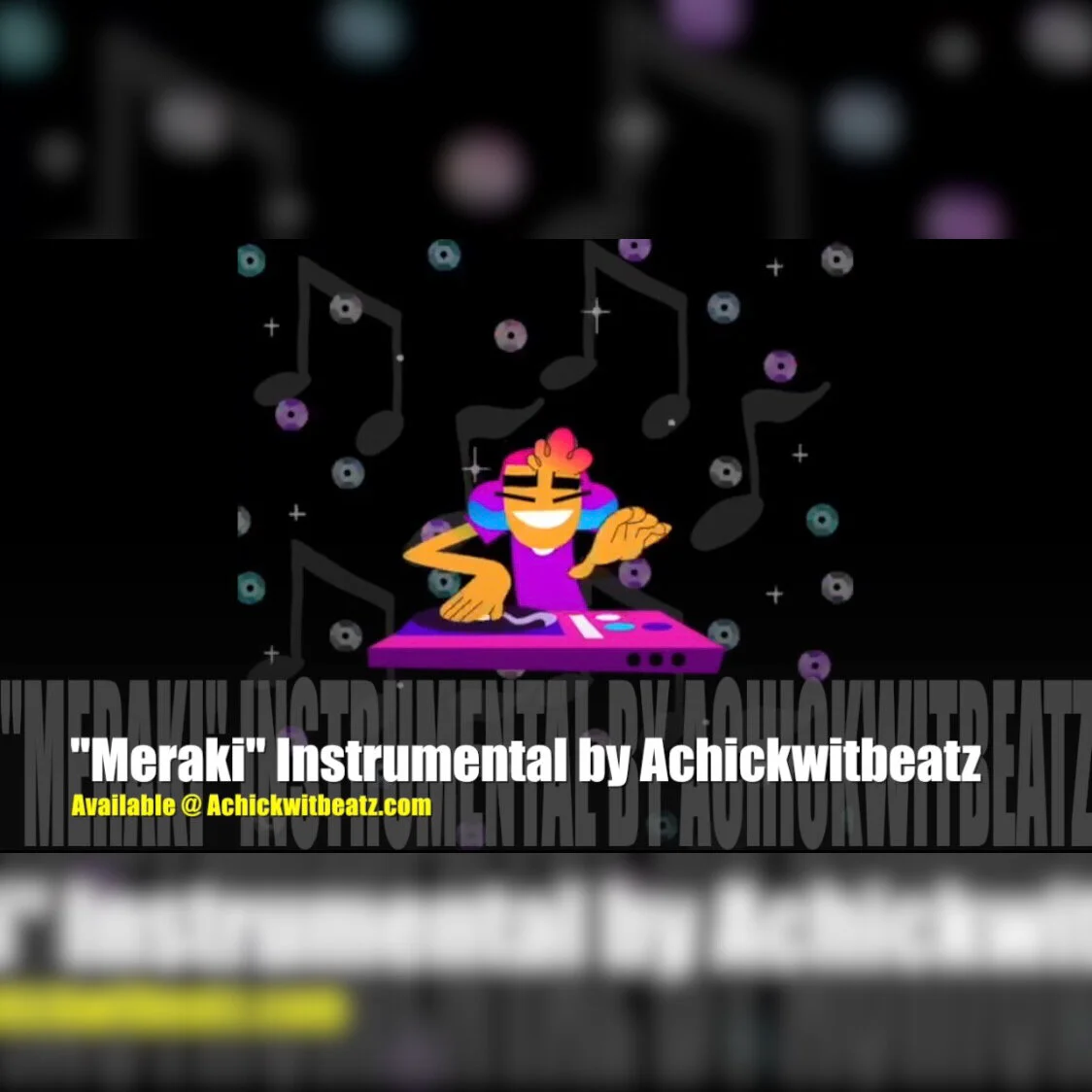In an era when algorithms control who sees your content and platforms can change their rules overnight, independent artists are rediscovering a powerful marketing channel they actually own: email newsletters.
While social media platforms may limit your reach to just 1-5% of your followers without paid promotion, email newsletters are typically opened by 30-45% of your subscribers. But what’s most important is that you maintain complete control over your messaging, design, and direct connection to fans.
Why Email Newsletters Outperform Social Media for Musicians
Photo by Omar Prestwich on Unsplash
You Own the Relationship
Using social platforms, you're essentially "renting" access to your audience, but your email list is yours. No algorithm changes, platform pivots, or new social networks can take that away from you.
Better Conversion Rates
Social media helps with discovery, but email is superior when it comes to converting fans into paying supporters through music and merch purchases, ticket sales, or crowdfunding campaigns.
Deeper & More Meaningful Fan Relationships
Email allows for longer-form, more intimate communication than the brief interactions of social media. Fans who subscribe to newsletters tend to be your most dedicated supporters, creating a feedback loop of stronger relationships.
Future-Proof Marketing
Remember MySpace? Vine? Artists who built their marketing strategy exclusively on these platforms lost everything when they shut down. Your email list travels with you regardless of which platforms come and go.
Direct Access to Fan Data
Email provides valuable insights about open rates, click-throughs, and subscriber behavior that help you understand what your fans truly care about. The same data that social platforms have made increasingly vague to prompt you to pay for access.
10 Steps to Creating a Music Newsletter Your Fans Will Actually Open
Photo by Brian J. Tromp on Unsplash
Now that you understand why email newsletters are essential, here's how to create one your fans will eagerly anticipate:
1. Define Your Newsletter's Unique Value Proposition
Identify what makes your newsletter different: Consider your unique musical perspective, artistic journey, or special access you can provide that fans can't get elsewhere. For example, if you're known for storytelling in your lyrics, your newsletter could feature the stories behind your songs.
Determine exclusive content: Plan content that will only be available to subscribers—early demos, unreleased songs, first access to tour dates, or intimate stories about your creative process that you wouldn't share publicly.
Establish clear benefits: Articulate specific reasons why fans should subscribe. This could include first access to tickets, subscriber-only discounts on merch, monthly live-streamed acoustic sessions, or being part of a more intimate community.
2. Choose the Right Email Service Provider
Compare provider options: MailChimp offers a free tier for up to 500 subscribers but has limited music-specific features. ConvertKit has better automation tools but starts at $29/month. Substack allows for paid subscriptions. Bandcamp's tools integrate directly with your music sales but have fewer customization options.
Consider pricing tiers: Most ESPs charge based on subscriber count. Calculate your expected growth to ensure you won't face unexpected price jumps. Many offer nonprofit/artist discounts—ask about these.
Evaluate key features: Ensure your provider allows for tagging subscribers based on interests (e.g., fans who click on tour updates vs. studio content), automated sequences for new subscribers, and detailed analytics on which content performs best.
Mobile optimization: Over 60% of emails are opened on mobile devices. Test how your provider's templates look on various devices before committing.
3. Create a Frictionless Sign-Up Process
Design clean forms: Cluttered or complicated sign-up forms reduce conversion rates by up to 50%. Create simple, branded forms that take less than 10 seconds to complete.
Limit required fields: Keep your sign-up form simple. Research consistently shows that shorter forms with fewer fields tend to perform better than longer ones. When you ask for just an email address rather than additional information, you're likely to see higher subscription rates as you reduce friction in the sign-up process. Only ask for a first name (for personalization) and email initially; you can collect more data later.
Strategic placement: Add QR codes linking to your sign-up form on physical merchandise, display sign-up sheets at your merch table with a tablet, and create Instagram Story highlights with a direct link to subscribe.
Provide immediate value: Send an automatic welcome email with an exclusive download, behind-the-scenes video, or discount code. This establishes the value pattern and encourages fans to open future emails.
4. Craft Attention-Grabbing Subject Lines
Keep them concise: Mobile devices display only 30-40 characters of your subject line. Front-load the most important information and keep the total length under 50 characters when possible.
Use personalization: Emails with personalized subject lines have 26% higher open rates. Include the subscriber's name or reference their city when you're touring there.
Create urgency or exclusivity: Subject lines like "For our subscribers only: New acoustic version" or "48 hours early access: Summer tour tickets" drive higher open rates without feeling manipulative.
Test different approaches: Run A/B tests by sending the same email with different subject lines to small segments of your list. Track which styles perform best with your unique fanbase.
5. Develop a Consistent, Recognizable Layout
Brand alignment: Use colors, fonts, and visual elements that match your album artwork, website, and overall aesthetic. Visual consistency helps fans instantly recognize your emails in crowded inboxes.
Color psychology: Choose colors that evoke the emotional response you want—blues for calm reflection, reds and oranges for energy and excitement. Limit your palette to 2-3 colors for a clean look.
White space utilization: Cramped emails feel overwhelming. Maintain generous margins (at least 20px) around content blocks and use paragraph breaks every 2-3 sentences to improve readability.
Device responsiveness: Test your template on multiple devices. Text should be at least 14pt, buttons should be at least 44x44 pixels (finger-tap size), and important content should never require horizontal scrolling.
6. Plan a Content Calendar That Delivers Value
Content variety: Balance promotion (20%) with value-driven content (80%). Include studio updates, gear talk for the music nerds, personal reflections, playlist recommendations, and behind-the-scenes moments that deepen the fan relationship.
Strategic scheduling: Map your email calendar around key events—send 3 emails before a release (announcement, preview/teaser, launch day), follow up tours with photo galleries, and maintain regular contact during quieter periods.
Recurring features: Create named segments like "Friday Listening Sessions" where you share what's inspiring you, "From the Archives" featuring old photos/demos, or "Fan Spotlight" highlighting community members. Recurring elements build anticipation.
Value-to-promotion ratio: For every promotional email, send at least 3-4 value-focused newsletters. This builds goodwill and ensures fans don't feel like they're just being sold to constantly.
7. Write in an Authentic, Personal Voice
Conversational tone: Avoid music industry jargon and marketing-speak. Write like you're texting a friend. Read your copy aloud—if it sounds stiff or unnatural when spoken, revise it.
Share vulnerable moments: The emails that get the highest engagement often include honest struggles, creative blocks, or personal revelations. Share the challenging parts of your musical journey, not just the highlights.
Personality consistency: If your music is introspective and serious, your newsletter should reflect that depth. If your stage presence is energetic and humorous, let that energy shine in your writing. Fans subscribe to connect with the authentic you.
Direct address: Use "you" language frequently—"I wanted you to be the first to hear," "This reminded me of what you told me after the show in Denver," etc. This creates a one-to-one feeling even in mass communications.
8. Incorporate Engaging Visuals and Multimedia
High-quality imagery: Include at least one compelling image per newsletter. This could be candid studio shots, tour photos, or artistic imagery that complements your music. Images increase click-through rates by an average of 42%.
Video content integration: Short video clips (under 45 seconds) drive engagement. Consider embedding thumbnails that link to longer YouTube content rather than embedding full videos that may not load properly.
Animated elements: Subtle animation (like a simple GIF of you waving or reacting) adds personality without overwhelming the email. Limit to one animated element per email to avoid distraction.
Cross-device testing: Images should be compressed (under 200KB) for faster loading and include ALT text for accessibility. Test how images render across different email clients—Outlook, Gmail, Apple Mail all display images differently.
9. Implement Strategic Call-to-Actions
Focus on priority actions: Each newsletter should drive subscribers toward one primary action. Secondary CTAs should be visually de-emphasized. Multiple competing CTAs reduce overall conversion by splitting attention.
Button design best practices: Use high-contrast colors for buttons (30% contrast ratio minimum), make them at least 44px tall for easy tapping, and leave ample space around them to prevent mis-clicks on mobile.
Action-oriented language: Use first-person active voice in button text—"Reserve My Spot" performs better than "Reserve a Spot," and "Watch My New Video" outperforms "Click Here" by significant margins.
Track and optimize: Set up UTM parameters on all links to track which CTAs perform best. If your "Listen Now" button consistently outperforms your "Buy Merch" button, prioritize streaming links in future newsletters.
10. Analyze, Test, and Continuously Improve
Key performance indicators: Industry average open rates for music newsletters hover around 35%-41%. Click-through rates average 1.1%-2.6%. Benchmark your performance against these standards and work to improve over time.
Subscriber feedback loops: Send a brief survey occasionally asking subscribers what content they most enjoy. Offer an incentive for completion (exclusive track, discount code) to increase response rates.
Timing optimization: Test sending at different times—some artists may find that unusual times (like Tuesday evenings or Sunday mornings) perform better than traditional high-volume sending windows. Your fans' habits are unique to your audience.
Strategic segmentation: Tag subscribers based on behavior (clicked tour links, purchased merch, engaged with specific content types) and create targeted campaigns for different segments. Segmented campaigns perform up to one-third better than non-segmented ones.
Winning Email Newsletter Strategies for Today's Music Artists
Photo by Phil Desforges on Unsplash
The Tour Pre-sale Strategy
Many independent artists now release tour dates to their email subscribers 24-48 hours before public announcements. This creates a sense of exclusivity while helping gauge demand for potential additional shows. Artists regularly report their most engaged fans purchasing tickets through newsletter links, often leading to small venue sell-outs before the general public even knows about the shows.
The Direct-to-Fan Release Model
With streaming royalties remaining minimal, forward-thinking musicians are using email to drive fans toward higher-value purchases. By offering special edition releases, bonus content, and merchandise bundles exclusively to subscribers first, these artists create revenue streams that aren't dependent on algorithm-driven platforms.
The Community-Building Approach
Some of the most successful artist newsletters focus less on selling and more on building genuine connections. By sharing inspiration, creative processes, and personal stories, these musicians cultivate deeply loyal fans who become natural advocates for their work - sharing music, bringing friends to shows, and supporting crowdfunding campaigns at higher rates than casual social media followers.
The Tiered Access Model
A growing trend among independent artists involves offering different levels of email content - from free newsletters available to all subscribers to premium paid newsletters offering deeper access, exclusive content, or direct interaction with the artist. This approach creates sustainable direct income while allowing fans to choose their preferred level of support.
Getting Started This Week
Photo by Brandy Kennedy on Unsplash
Your music journey has brought you to this moment, and it's the perfect time to start your newsletter. Music artists can connect with fans at every stage, whether you're just releasing or have a catalog of work. Here's an action plan to help:
Choose your email service provider this week
Set up a simple sign-up form on your website and social profiles
Create an irresistible welcome offer (exclusive track, video, or discount)
Announce your newsletter across all platforms
Commit to sending your first newsletter within 7 days of launch
Remember, the most successful artist newsletters aren't the ones with the fanciest designs or biggest subscriber counts; they're the ones that show up consistently and provide genuine value to fans.
Your email list is the most valuable marketing asset you'll ever build as an independent musician. While social platforms may come and go, your direct connection to fans will remain your secret weapon for sustainable career growth.
What questions do you have about building your artist newsletter? Drop them in the comments below!
- Art
- Independent Labels
- Internet Radio
- Music Documentaries
- Album Reviews
- Music History
- Music Industry News
- Free Game Friday
- Free Downloads
- Poetry
- Books
- Interviews
- Did You See It?!
- Hip Hop History
- Hear Here
- Music News
- Hip Hop Documentaries
- Music Marvels Radio Show
- Think Piece Thursday
- Mini Documentaries
- Instrumental Intel
- Music Humor
- Indie Analysis
- Conversations & Quotables
- Music
- Resources for Artists
- Podcasts
- Beats/Instrumentals
- Music Education
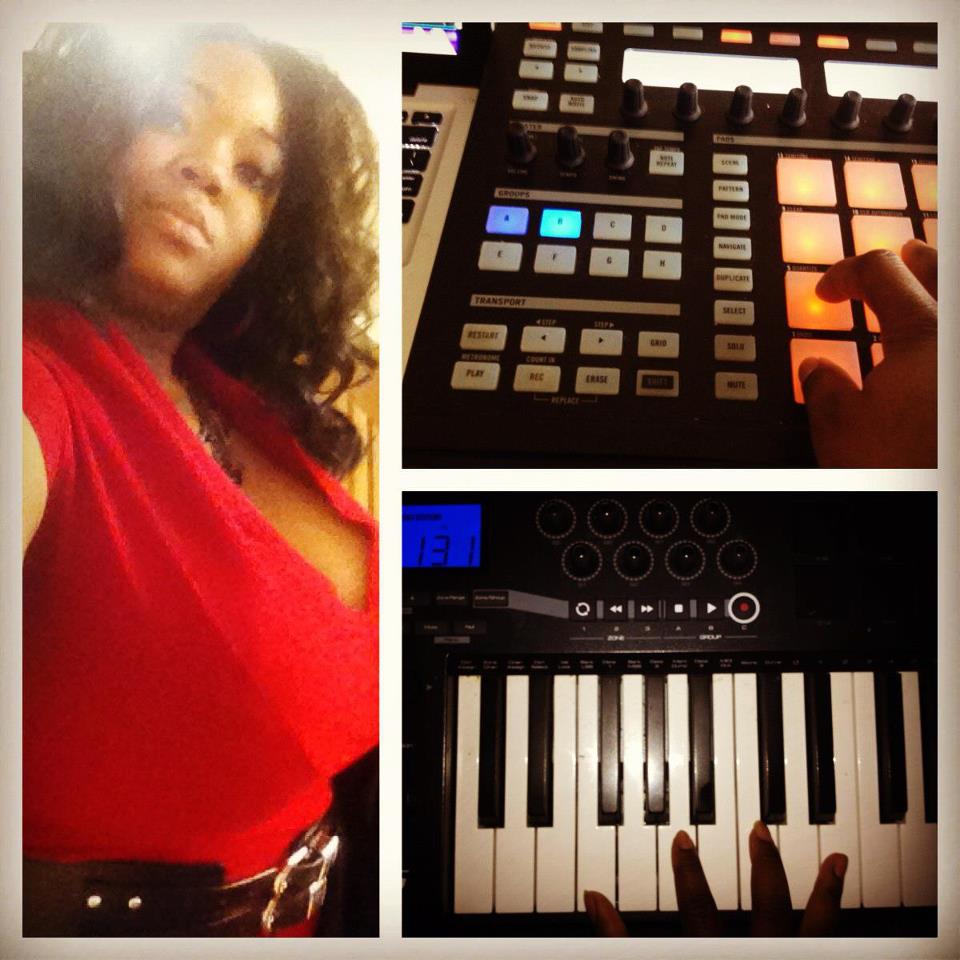







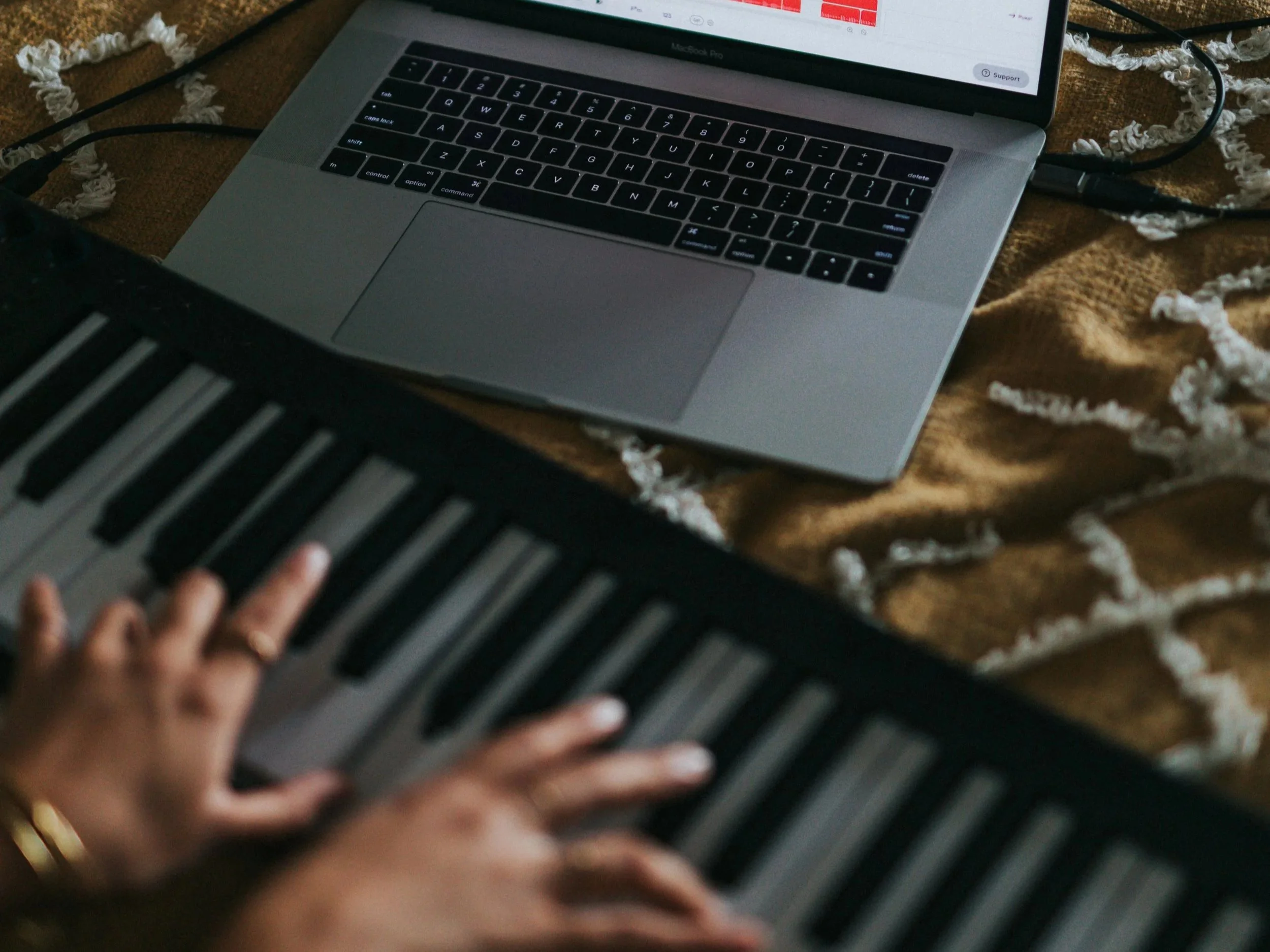


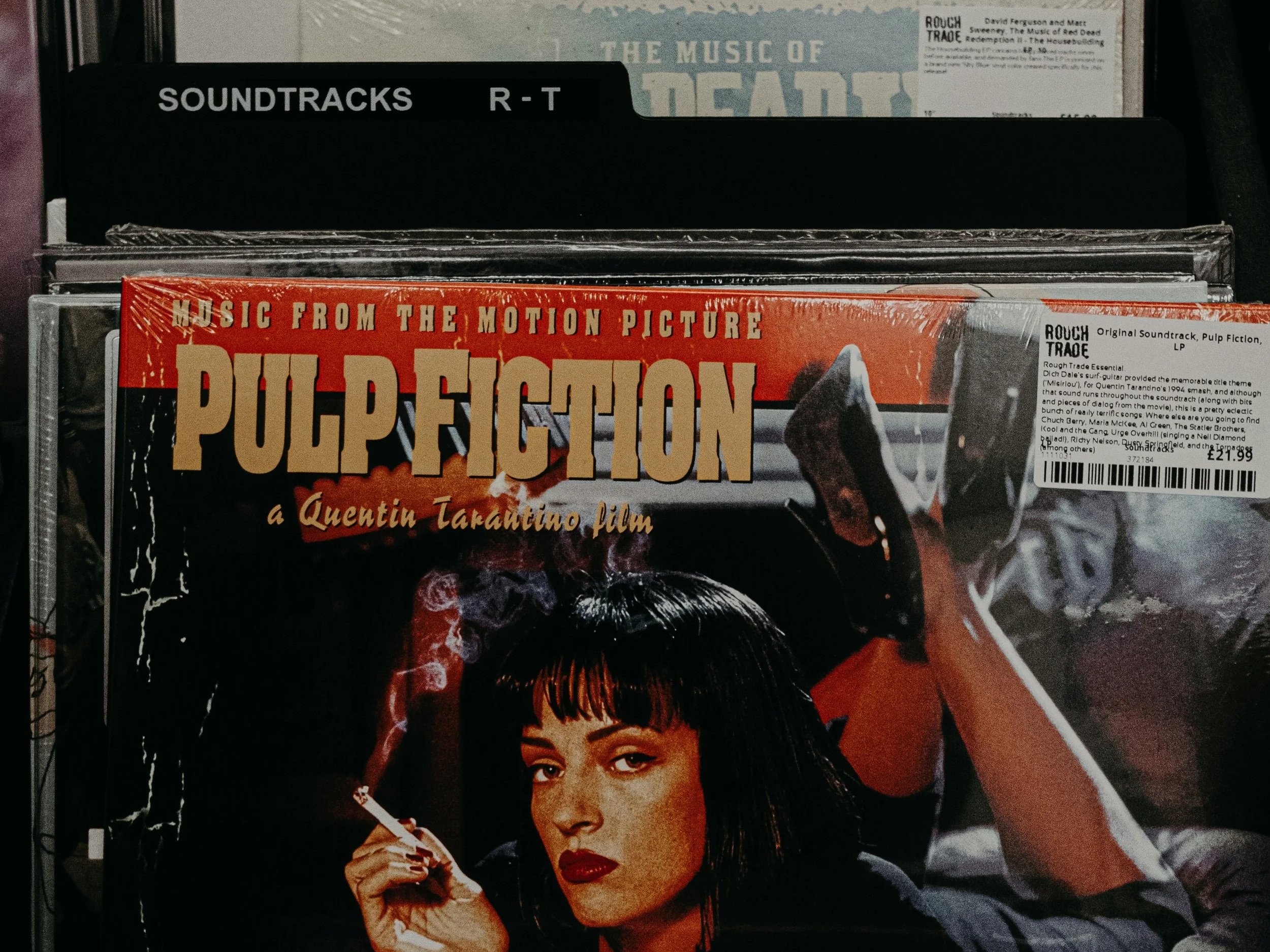






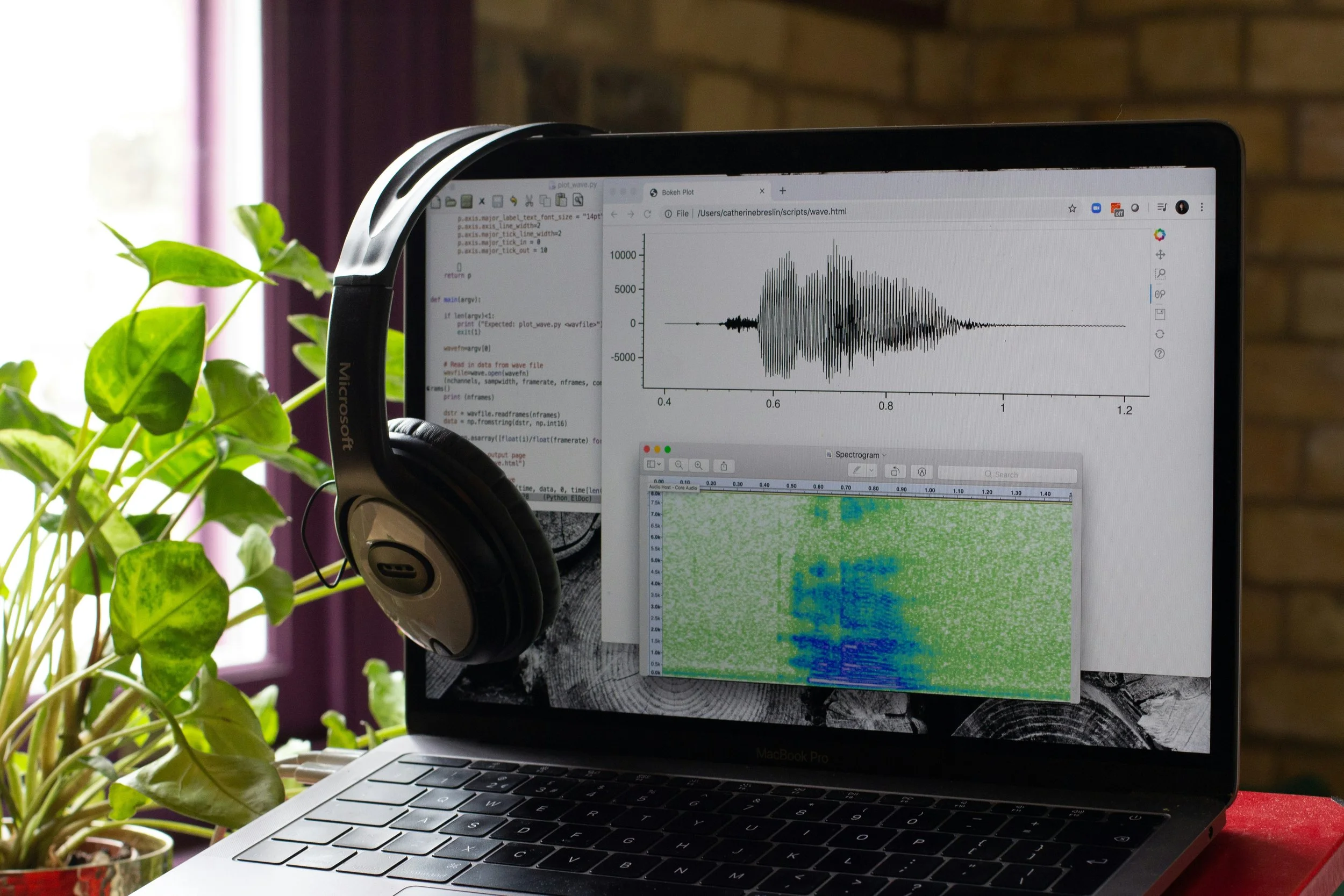






![Hear Here: Achickwitbeatz - Dopamine & Serotonin [Single]](https://images.squarespace-cdn.com/content/v1/52b0b90ae4b0293bfed0d692/1710852808557-EZYGFDIBHLBSIRFOVS1Q/Dopamine+%26+Serotonin.JPG)



